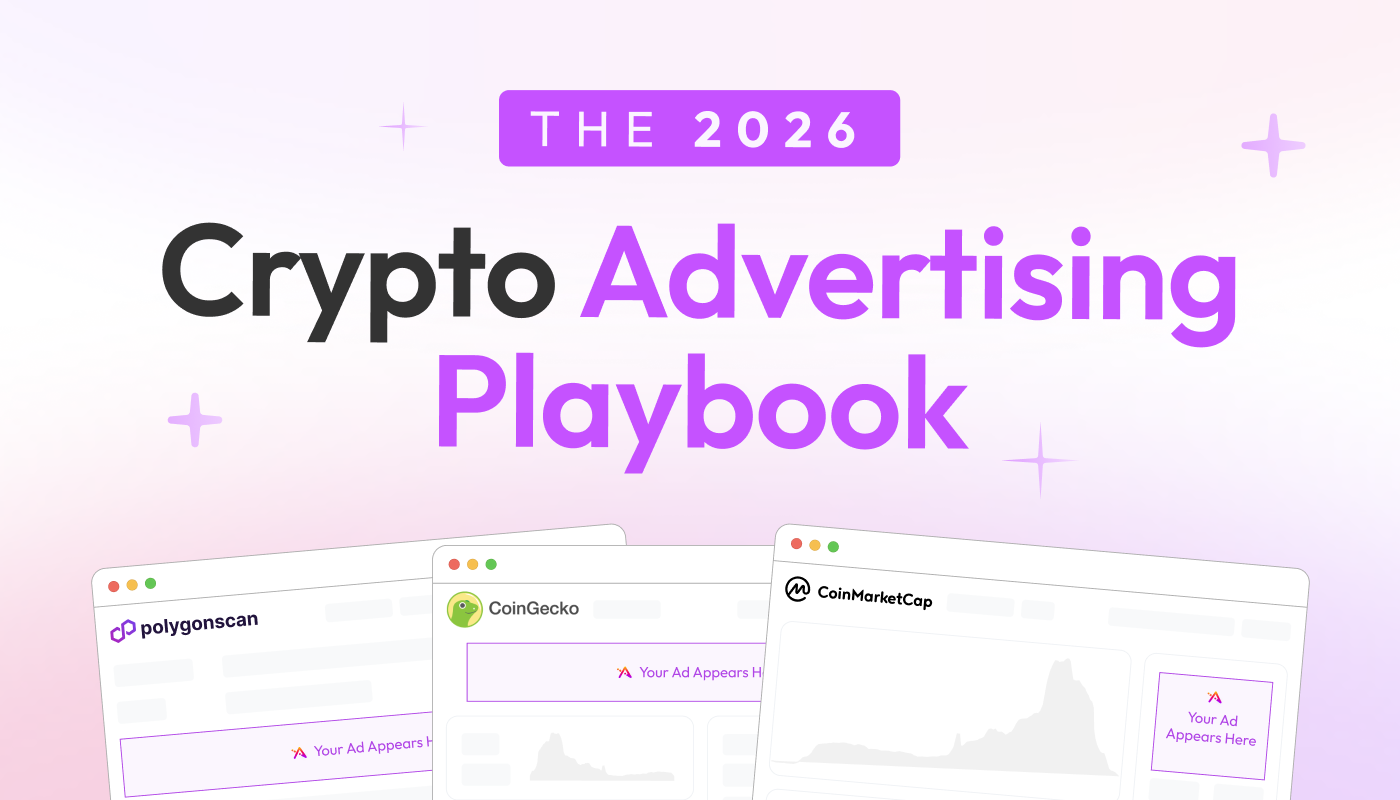The Future of Web3 Gaming: Trends, Challenges, and Innovations for 2025

As we approach the end of 2024, the Web3 gaming landscape has undergone significant transformations, highlighted by groundbreaking releases like Dookey Dash: Unclogged. This mobile game from Yuga Labs and Faraway quickly reached the top 10 on iOS downloads, showcasing the growing intersection between traditional mobile gaming and Web3 technology. Despite the challenges faced, the Web3 gaming industry has shown resilience and growth, Paving the way for exciting developments ahead. In this blog post, we’ll explore the current state of Web3 gaming, the obstacles that need to be addressed, and the innovative solutions—like NFT integration in games such as Dookey Dash—that will drive mass adoption in the coming year.
The State of Web3 Gaming in 2024

In 2024, the Web3 gaming sector saw significant growth according to DappRadar, with unique active wallets (UAW) up 45% from 2023, and over $2 billion in total value locked (TVL). Top Web3 games are attracting 5 million monthly active users (MAU), showing the increasing engagement in this space.
One standout example is Dookey Dash: Unclogged, a mobile game from Yuga Labs, which quickly soared into the top 10 iOS downloads shortly after its release. The game not only showcases how Web3 gaming is making its mark in mainstream gaming but also highlights the potential of integrating Web3 elements like NFTs into mobile experiences. With its seamless user experience and innovative use of blockchain, it's setting a new standard for the industry.
Today, Web3 gaming drives blockchain innovation. Developers favor fast, low-cost solutions such as Polygon, Solana, and BSC to deliver smooth gaming experiences, as well as new chains like SKALE, which offers a limitlessly scalable, fast, on-demand blockchain network with zero gas fees.. Polygon, for instance, attracted over 1 million daily wallets in early 2024, up 429% from the previous quarter.
With $290 million in blockchain gaming investments in Q1 2024, the diversity of infrastructure options is drawing attention from investors, even as they wait to see where the next big gaming trends will land.
But what exactly makes blockchain and gaming such a perfect match?
Blockchain and gaming are a natural fit, as decentralized ledger technology enhances multiple aspects of gaming:
- Economic Models: With Web3 assets like NFTs, games can adopt new economic models, such as play-to-earn, incentivizing players to spend more time in the game.
- Ownership: Players can truly own their in-game assets, proving ownership transparently.
- Security: Blockchain ensures in-game assets and data are secure.
- Collaboration: Developers can collaborate in a decentralized way, engaging more directly with their communities.
- Transparency: Blockchain’s transparency can improve the reliability of tournaments and rewards programs.
- Open Markets: Decentralized marketplaces can allow for cross-game asset interoperability, boosting in-game economies.

However, despite these impressive numbers, Web3 gaming still faces challenges that hinder its mainstream adoption. A survey conducted by TechCrunch reveals that the primary barriers include:
- User experience (UX) friction during onboarding and gameplay
- Lack of understanding of Web3 concepts among mainstream gamers
- Concerns regarding the security and privacy of in-game assets and transactions
To overcome these challenges and drive mass adoption in 2025, the Web3 gaming industry must focus on delivering seamless experiences, educating users, and implementing robust security measures.
Challenges and Solutions for Web3 Gaming in 2025
Challenge #1: Unscalable Growth Tactics
Most Web3 gaming studios still rely on organic, unscalable tactics for early growth due to a lack of Web3 behavior data. Without knowing the ideal Web3 gamers' profiles, studios are marketing blindly, lacking the insights to optimize partnerships, influencers, messaging, or personalization.
Game studios now rely on advanced data tools to overcome this challenge. Platforms like Addressable are enabling studios to leverage Web3 behavioral data to pinpoint high-value users based on their on-chain activity. This precise targeting enables studios to optimize marketing spend, achieve measurable ROI, and drive mass growth.
Challenge #2: Delivering a Frictionless Web3 Onboarding and Gaming Experience
Having on-chain actions in games often leads to high-friction onboarding, requiring users to create Web3 wallets and perform a wallet connection on the game's website. This extra setup may deter users accustomed to smooth, seamless gameplay.
Solution: Invisible Wallet Integration and Smart Wallets
Invisible wallets are poised to become the standard by 2025, as they simplify the user experience by removing the need for users to manage private keys or navigate complicated setups. This seamless onboarding experience allows users to play games without first needing to set up a separate wallet, bringing Web3 gaming closer to the smooth, accessible experience offered by Web2 games.
Challenge #3: Estimating Lifetime Value (LTV) and Measuring Results
Estimating user lifetime value (LTV) and measuring ad performance is more challenging for Web3 games compared to traditional Web2 games. The lack of an install event and the inability to track on-chain events using conventional tools like Google Analytics create blind spots around LTV, making it difficult to optimize ad ROI.
Solution: Advanced Web3 Analytics and Attribution Tools
To overcome this challenge, Web3 gaming studios are leveraging advanced analytics and attribution tools specifically designed for the Web3 ecosystem. These tools provide insights into user behavior both on-chain and off-chain, enabling studios to estimate LTV more accurately and make informed decisions to optimize their advertising efforts. By analyzing the historical on-chain spending of known Web3 gamers, Studios can now confidently allocate marketing budgets and refine their strategies based on reliable, actionable data.
Challenge #4: Lack of Blockchain Data-Based Insights for Targeting and Personalization
Precise targeting is crucial for Web3 gaming studios to efficiently reach high-intent users. However, the lack of tools to leverage Web3 behavior data for audience building and ad optimization has been a significant obstacle.
Solution: Web3 Behavior Insights and Targeted Advertising
Addressable gives Web3 gaming studios a smart way to tap into user behavior, across both Web2 and Web3 games. Big Time and other top studios are already using it to gather valuable insights that help them fine-tune their audience targeting, create more personalized ads, and optimize where they run their campaigns. With these data-driven insights, studios can level up their ad performance and boost user acquisition like never before.
The Future of Web3 Gaming

As we move into 2025, the Web3 gaming industry is set for massive growth and mainstream adoption. By tackling challenges like user onboarding, education, security, and leveraging advanced data tools, developers can deliver more immersive, user-friendly experiences that resonate with a wide audience.
According to a report from Fortune Business Insights predicts that NFT-based Web3 games will generate an astounding $614 billion in revenue by 2030—nearly three times more than in 2023. Role-playing games are expected to lead the charge.
Still, many developers miss the mark by focusing too much on tech and not enough on what players truly want, entertainment. The audience is often given traditional games with NFTs tacked on, which only scratches the surface of Web3’s potential. However, with new game mechanics and opportunities unique to Web3, this is rapidly changing.
Some cool trends to watch out for in 2025 include:
- Cross-Chain Interoperability: Players will soon be able to transfer in-game assets across different blockchain networks, enhancing liquidity and gameplay flexibility.
- Augmented Reality (AR) Integration: Web3 gaming fused with AR will let players interact with digital assets in the real world, creating entirely new gameplay dimensions.
- Decentralized Autonomous Organizations (DAOs) for Gaming: DAOs are on the rise, offering player-owned and governed gaming communities where users have direct input on game development.
Addressable's Commitment to Shaping the Future of Web3 Gaming
.png)
At Addressable, we’re all-in on Web3 gaming. We’ve been front and center at major Web3 gaming events, co-hosting a gaming-focused side event during Token2049 in Singapore, and another at KBW in Seoul packed with Web3 gaming founders. We've also taken part in online panels, and attended key industry events like ICE2024 in London, PGC in London, and SlushHQ in Helsinki, where we discussed the future of gaming. On top of that, we’re working with big players in the Web3 gaming industry, including Immutable, BigTime, and Karate, and we’ve shared panels with industry giants like Animoca Brands. We know gaming will play a huge role in onboarding new users into Web3 and reaching mass adoption—and we’re here to help shape that future!
As we approach 2025, the fusion of gaming and blockchain technology promises not just to change how we play games, but to revolutionize digital ownership and community engagement.





.png)



